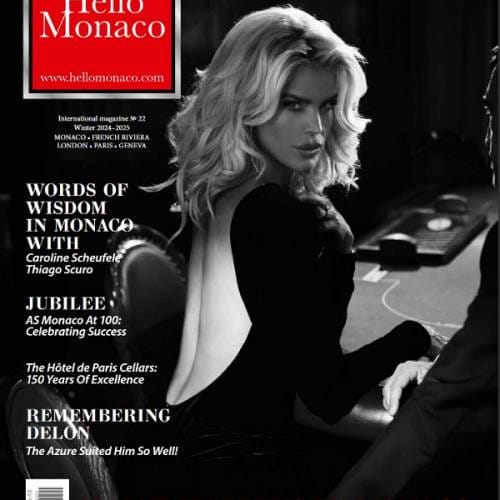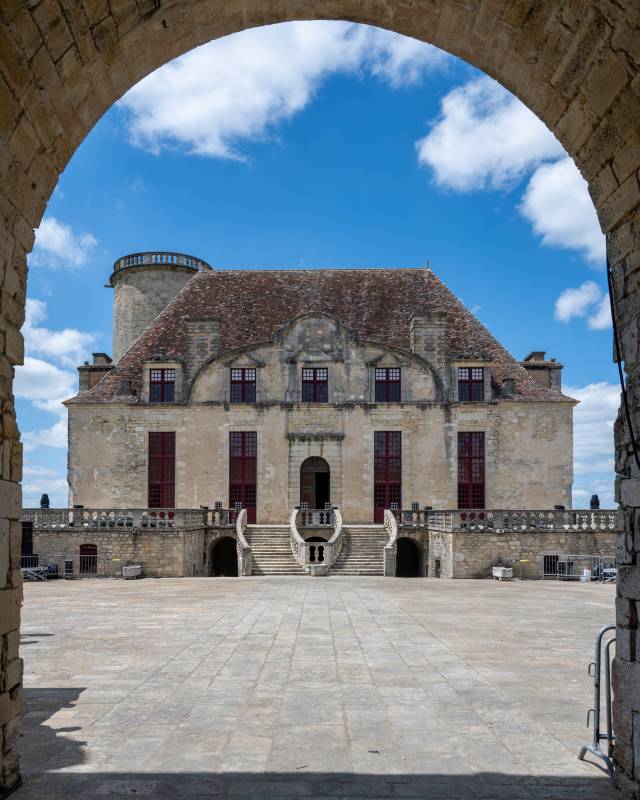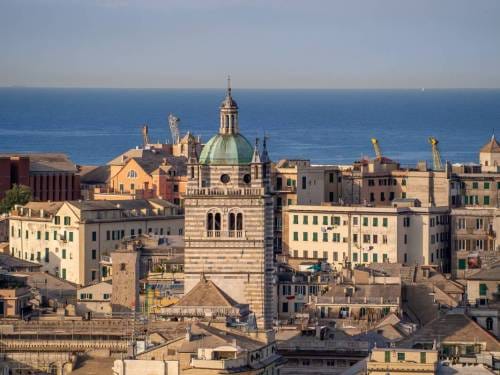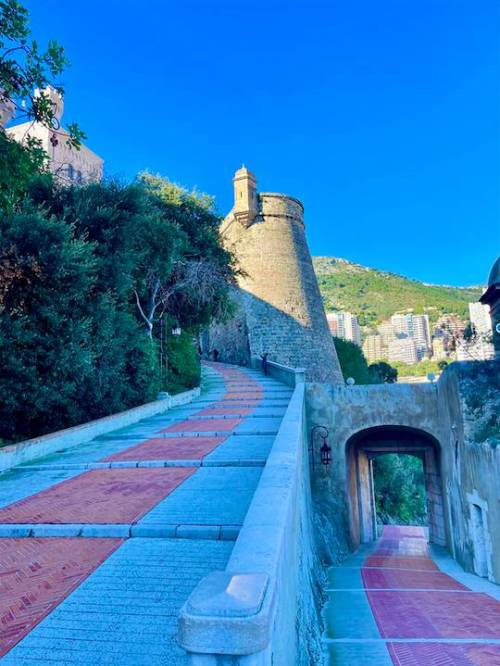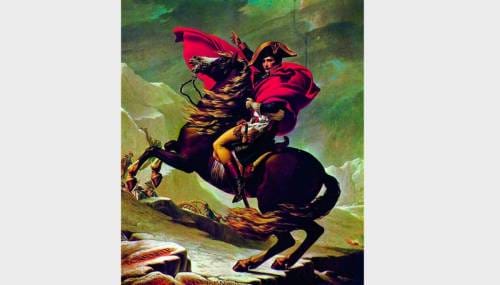In a moment rich with historical resonance, Prince Albert II of Monaco returned to the picturesque village of Duras in the Lot-et-Garonne. The Prince’s visit on July 15, 2024, was not merely a ceremonial occasion but a significant working visit that underscored the enduring connection between the Grimaldi family and this charming French locale.
A Historical Commemoration
Prince Albert II’s arrival coincided with a poignant anniversary. On the same date in 1777, his ancestor Louise Félicité Victoire d’Aumont married the future Prince Honoré IV of Monaco, linking the destinies of the Durfort and Grimaldi families. This historical milestone provided a backdrop for the Prince’s second visit to Duras, his first being in 2017, when he paid homage to his lineage.
Honouring a Unique Heritage
Central to the visit was the newly restored church of Sainte-Marie-Madeleine, a structure with a fascinating past. Initially built as a Protestant temple in 1611 by Jacques de Durfort, it was converted into a Catholic church after the revocation of the Edict of Nantes in 1685. Over time, it became one of the rare French churches without a bell tower, maintaining its original white walls and minimalist aesthetic. The restoration, supported by Prince Albert II, breathed new life into this historical edifice.
Upon his arrival, the Prince, accompanied by Mayor Bernadette Dreux and Prefect Daniel Barnier, unveiled a plaque at the town’s entrance, marking Duras’ inclusion in the Grimaldi de Monaco Historical Sites network. This act symbolized the village’s renewed connection to its illustrious past.
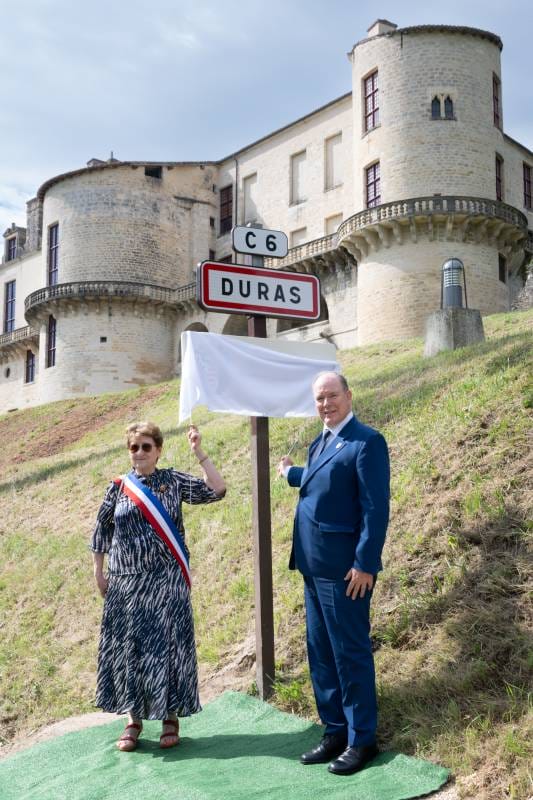
Engaging with Local Culture
Prince Albert II’s itinerary was designed to immerse him in the local culture. He began by visiting the lively weekly market, where he interacted with vendors and tasted local delicacies such as strawberries, melons, and artisanal cold meats. The market visit highlighted the region’s rich agricultural heritage and the strong community spirit that defines Duras.
In a gesture of appreciation, the village bestowed honorary citizenship upon the Prince. His heartfelt speech reflected his admiration for Duras’ commitment to preserving its heritage. “The beautiful products we saw at the market and the heritage represented by this château are natural assets for you,” he said, reinforcing the importance of cultural preservation.
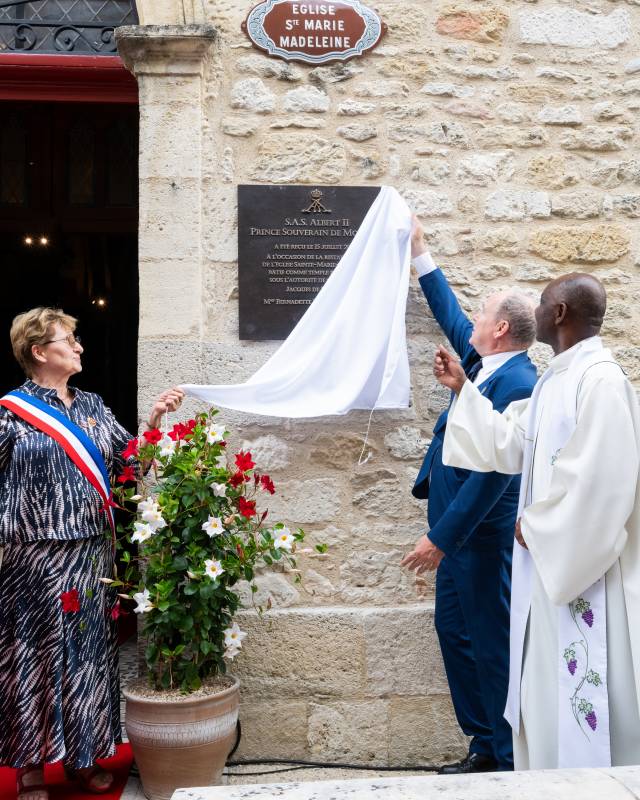
A Grande Finale
The day’s events culminated in a lavish lunch at the Château de Duras, where Prince Albert II dined with local dignitaries, including MP Hélène Laporte and senators Michel Masset and Christine Bonfanti-Dossat. The menu featured regional specialties, such as filet de veau Rossini and a citrus and red fruit tart, paired with local Côtes de Duras wines.
Following the meal, the Prince toured the château’s splendidly furnished rooms, a unique collection in itself. The visit ended with a captivating falconry show in the château’s gardens, offering a dramatic conclusion to a day steeped in history and celebration.
Reflecting on his visit, Prince Albert II expressed his joy to the Monaco press at witnessing Duras’s dedication to its heritage. He mentioned that it always was a joy to come to Duras, to meet the population, to see the renovation of the church and all the work that has been done at the castle. The Prince noticed in particular the municipality’s engagement with its heritage and wish to promote it.
As the Prince departed for Monaco, his visit to Duras served as a reminder of the enduring bond between the Grimaldi family and this historic village, a bond strengthened by mutual respect and a shared commitment to preserving the past for future generations.
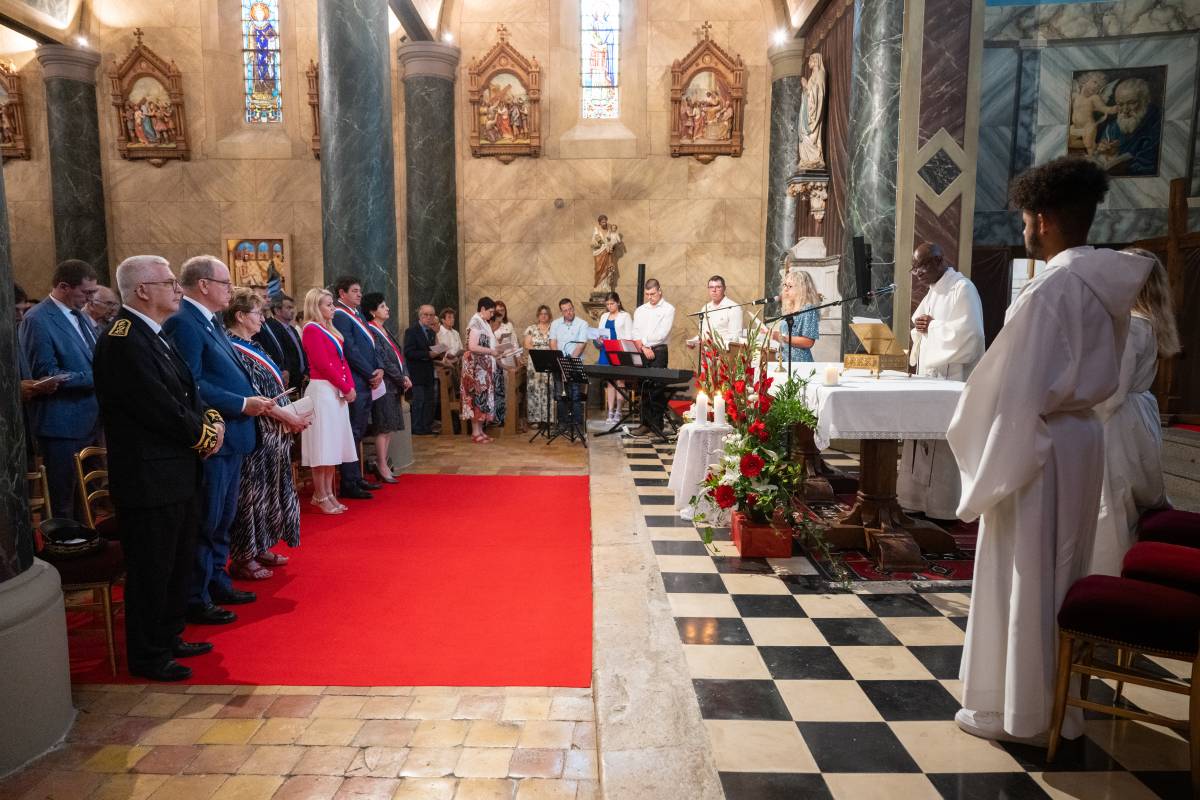
The Storied Lineage of the House of Duras and Monaco
Emmanuel Félicité was a French politician, diplomat, a distinguished figure holding the titles of Duke of Duras and Count of Rauzan, was not only a Peer of France but also served as the First Gentleman of the King’s Chamber and directed both the Comédie-Française and the Comédie-Italienne. His marriage to Charlotte Antoinette de La Porte, herself the Duchess of Mazarin, Mayenne, and La Meilleraye, linked him to the illustrious heritage of Hortense Mancini, niece of the powerful Cardinal Mazarin.
From this notable union emerged Louise-Jeanne de Durfort, who inherited her mother’s titles and passed them down to her daughter, Louise Félicité Victoire d’Aumont. In 1777, Louise Félicité Victoire d’Aumont married Prince Honoré IV of Monaco, thereby intertwining the Duras legacy with the Monegasque royal family.
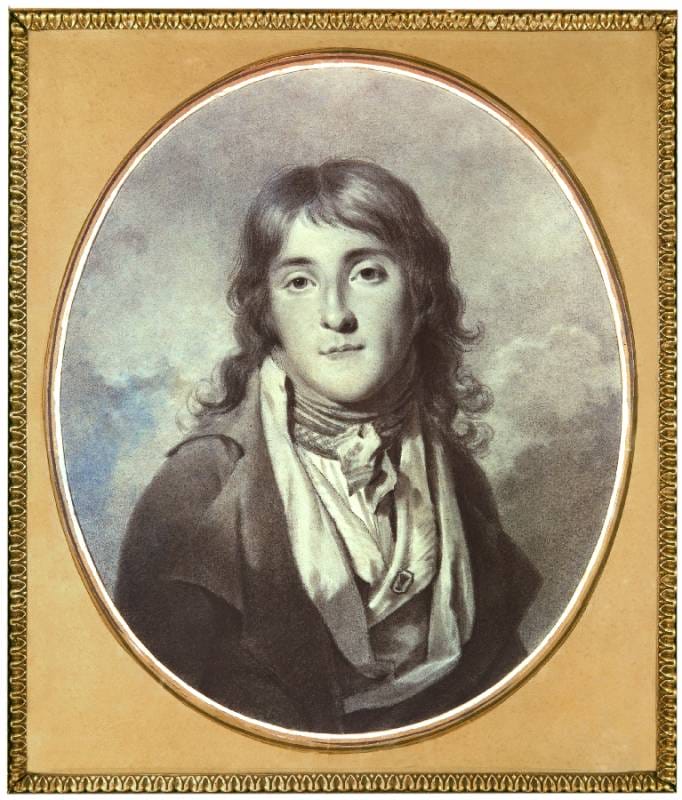
Their sons, Honoré and Florestan, each ascended the throne in succession, further solidifying the family’s royal ties. Louise Félicité Victoire d’Aumont was laid to rest in Père Lachaise Cemetery in 1826, but her grandson, Charles III, later transferred her remains to the Cathedral of Monaco in 1885, underscoring the enduring reverence for her lineage.
This rich heritage continues with Prince Albert II of Monaco, who inherits an array of noble titles, including Duke of Mazarin and Mayenne, Prince of Château-Porcien, and Count of Ferrette, Belfort, Thann, and Rosemont. His honours also include being the Baron of Altkirch and Massy, Lord of Issenheim, and the Marquis of Guiscard and Chilly, each title a testament to the enduring legacy and influence of his storied ancestry.
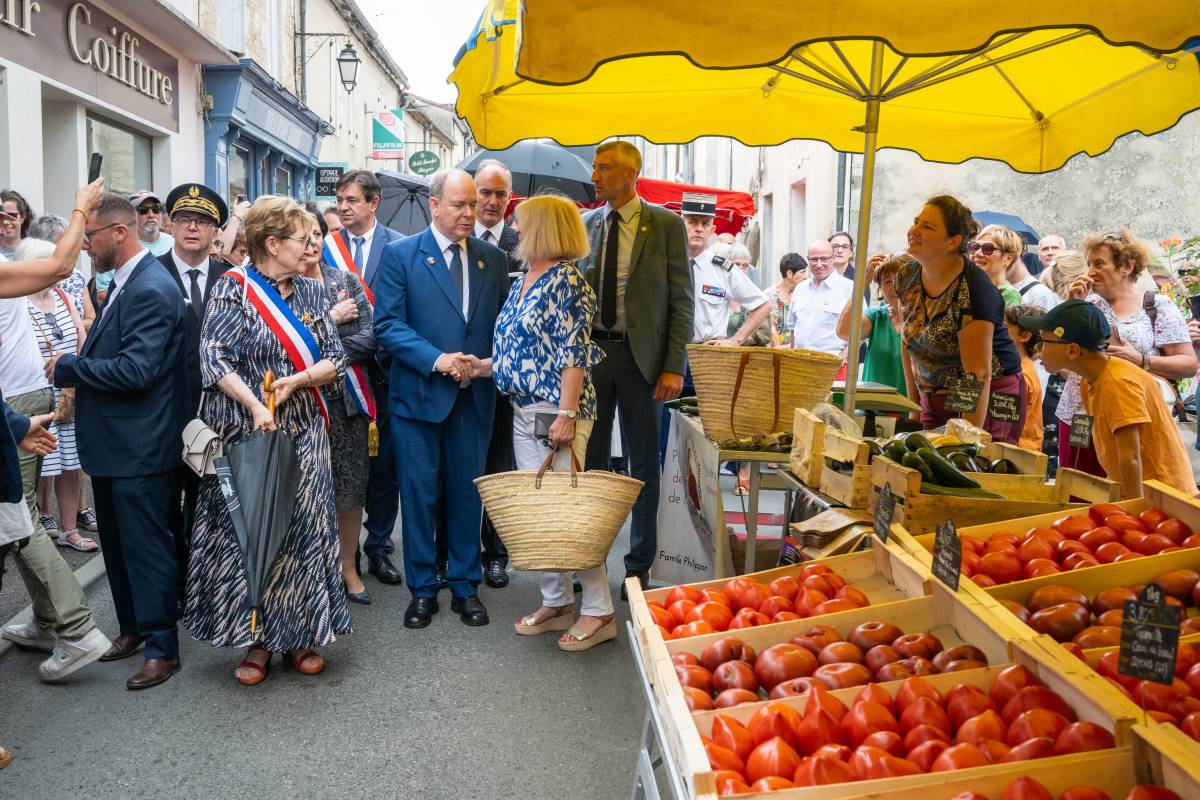
Château de Duras: A Tapestry of History and Transformation
Perched majestically over the Dropt Valley in Lot-et-Garonne, the Château de Duras reflects centuries of French history. Its origins trace back to the 12th century when Guillaume Amanieu, viscount of Bezaumes, Benauges, and Gabardan, constructed the initial fortress. This strategic stronghold would see numerous transformations and ownership changes, reflecting the turbulent and evolving landscape of medieval and early modern France.
In the early 14th century, the château came under the ownership of Gaillard de Goth, brother to Pope Clément V. The infusion of papal wealth helped fortify the castle, making it an impregnable fortress. When the Pope’s niece, Marquèse de Goth, married Arnaud de Durfort, she brought the Duras lands as her dowry. This union gave rise to the Durfort-Duras family, who maintained possession of the castle until 1838.
During the Hundred Years’ War, the château’s strategic location made it a coveted asset, leading the Durfort-Duras family to form alliances with both England and France. The war’s conclusion in 1453 did not end their challenges, as the family later embraced Protestantism, incurring the wrath of the French king and subsequent military attacks. The Durfort-Duras eventually renounced their faith, leading to their rise in social status. They became counts, marquises, dukes, and ultimately Peers of France, symbolizing their financial, military, and political power.
The château’s grandeur was enhanced in the 17th and 18th centuries, transforming it into a luxurious residence inspired by the Renaissance. French-style gardens and a magnificent aristocratic villa replaced the austere medieval fortress. One notable feature from this period is the “Hall of the Three Marshals,” named in honour of three marshals contemporary to Louis XIV, highlighting the family’s close ties to the French monarchy.
The château’s fortunes waned during the French Revolution when it was plundered and subsequently abandoned. It wasn’t until 1969 that the city of Duras purchased the ruins at a public auction, initiating a long-term restoration project to revive its former splendour.
Today, the château also houses a museum in its basement, featuring archaeological and ethnographic exhibits. Four rooms are dedicated to showcasing daily life, agriculture, cooperage, plum cultivation, and viticulture from the early 20th century. Visitors can explore hundreds of historical tools and objects, gaining insight into the region’s heritage.


